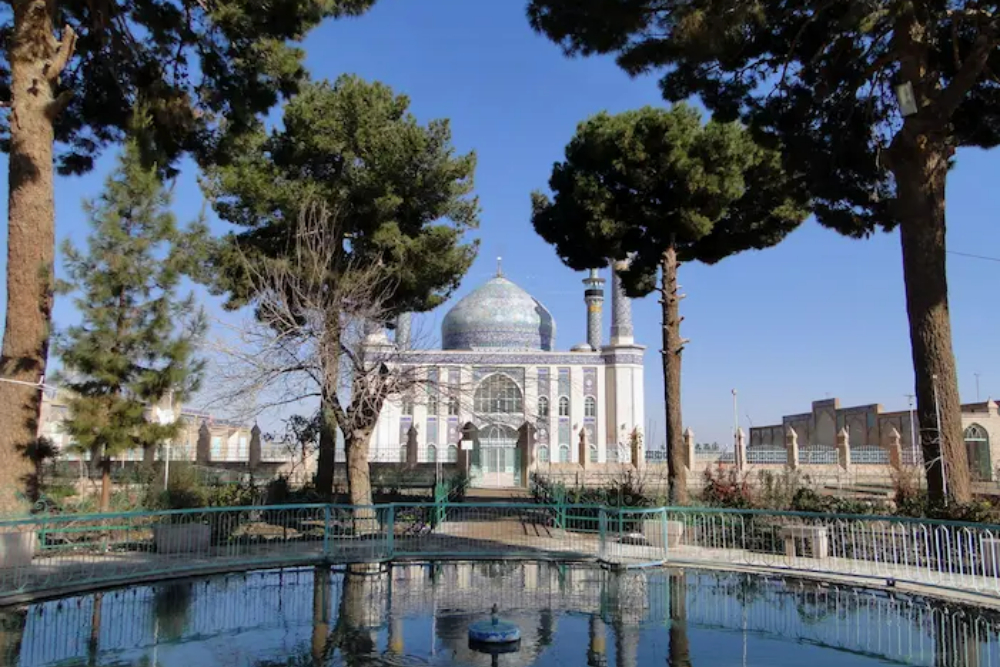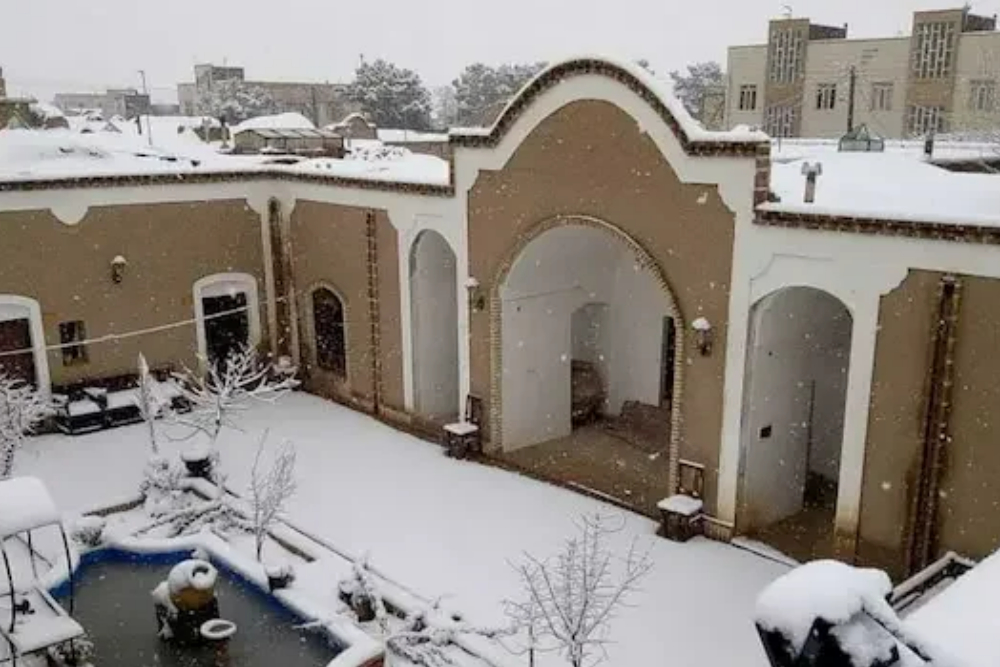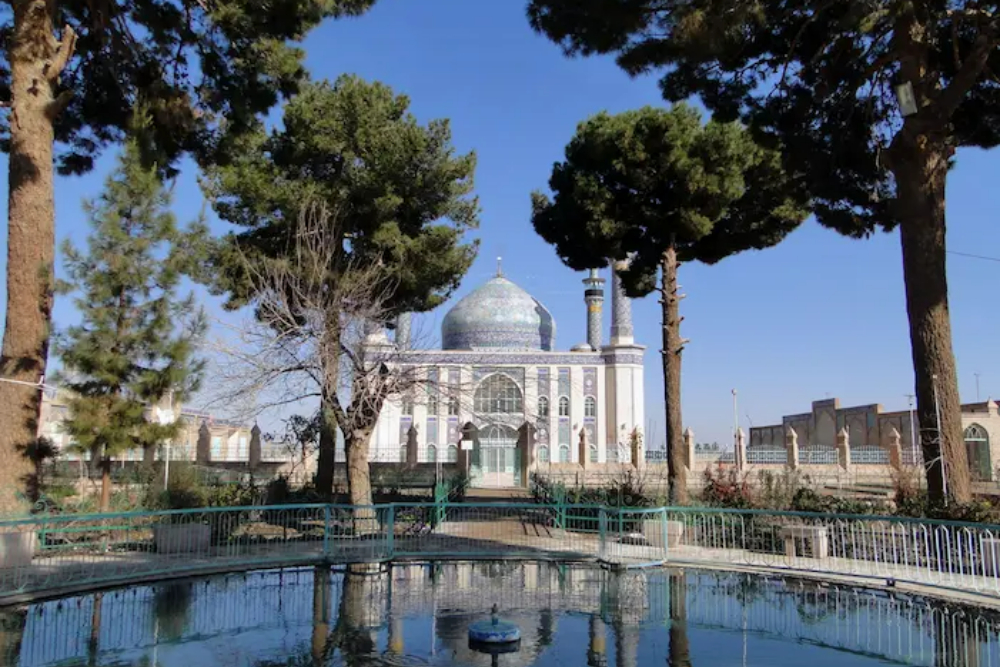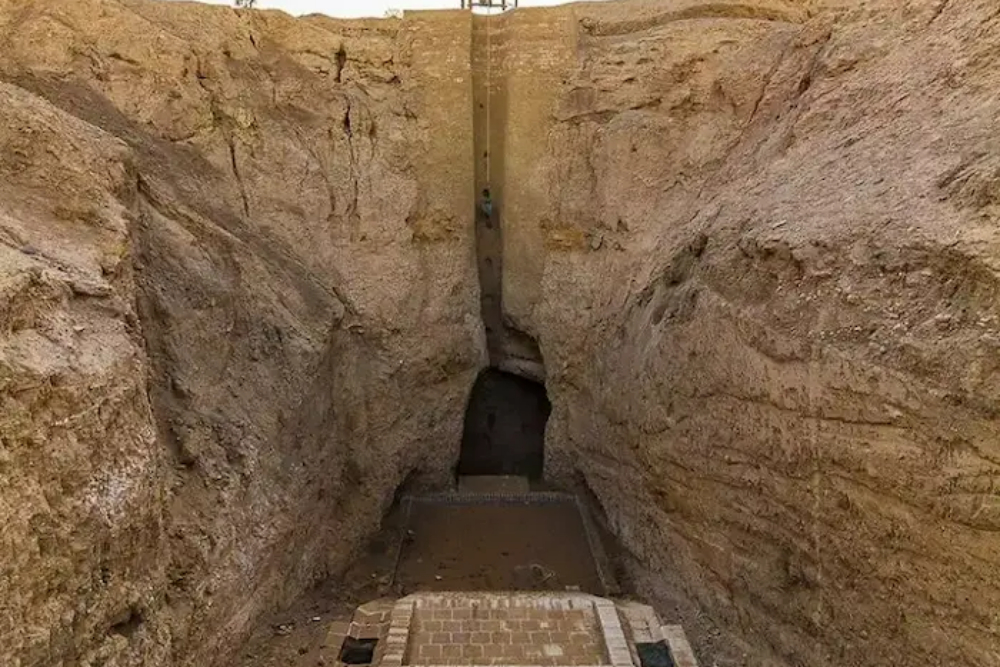With its traditional architecture, narrow alleys, windcatchers, qanats, and adobe houses, Beydokht presents a unique and authentic local atmosphere. The inhabitants speak Persian and follow Twelver Shia Islam. Local souvenirs include high-quality Gonabad saffron, grapes and raisins, as well as traditional sweets.
Among the cultural and natural attractions of Beydokht are:
Mausoleum of Sultan Ali Gonabadi: the tomb of the renowned mystic of the Ni‘matullahi order, distinguished by its unique architecture and exquisite tiled dome.
Historic Jameh Mosque of Beydokht: dating back to the Zand era, renovated in 1210 AH.
Kosar Icehouse: a Qajar-era structure built to store ice during the summer.
Zahra Cistern: a historic reservoir recently restored.
Unique geological formation and natural setting: located at the lowest point of Gonabad County, built on special geological deposits.
Beydokht, with a population of around 5,501 (based on the 2016 census), is regarded as one of Iran’s historic small settlements. Since February 2015, it has been a member of the international organization Mayors for Peace. Today, in addition to its historical significance, Beydokht is recognized as a symbol of culture, spirituality, and tranquility in Razavi Khorasan.
Its handicrafts include carpet weaving and kilim weaving with authentic Khorasani designs, as well as traditional pottery.




NOURNEWS